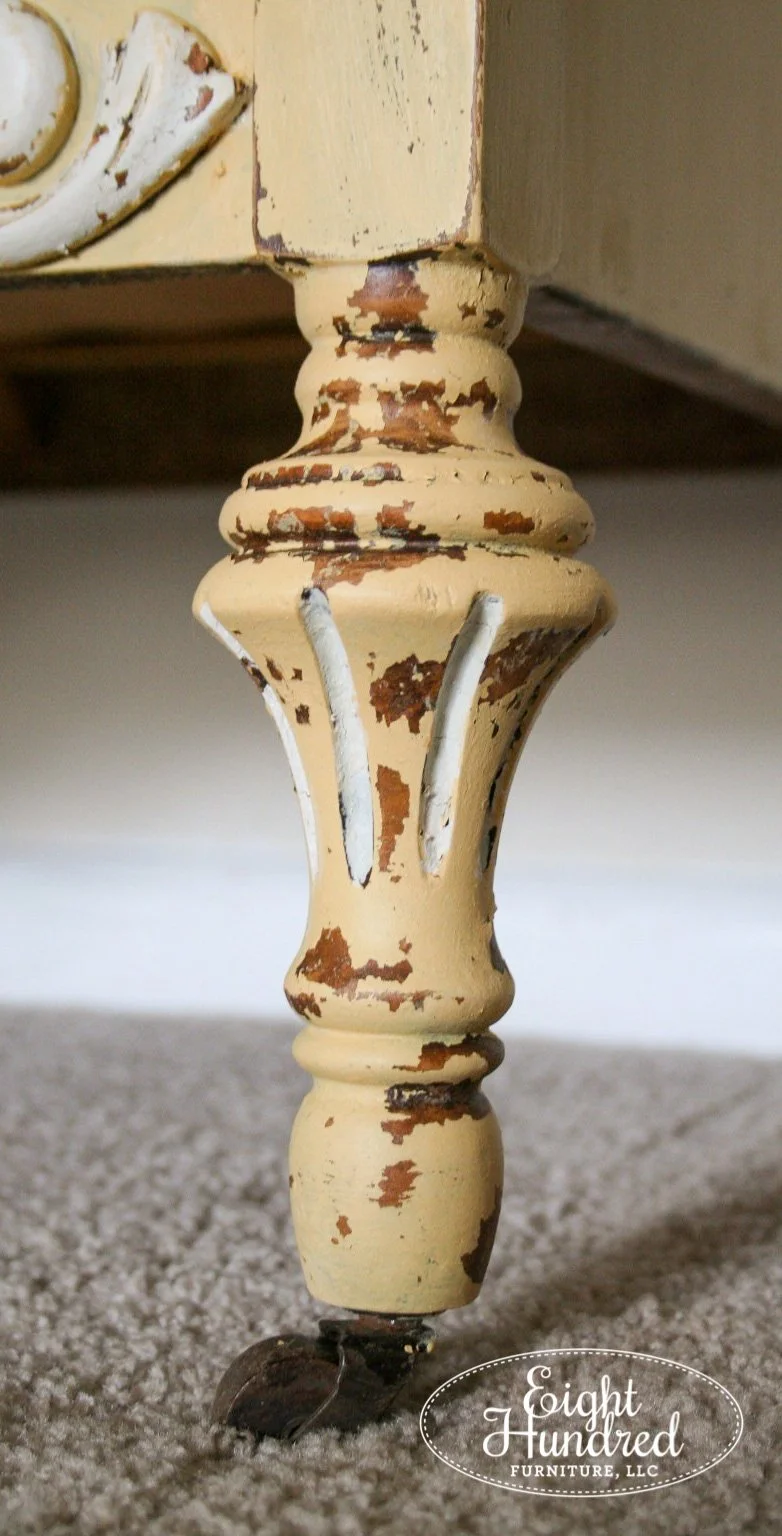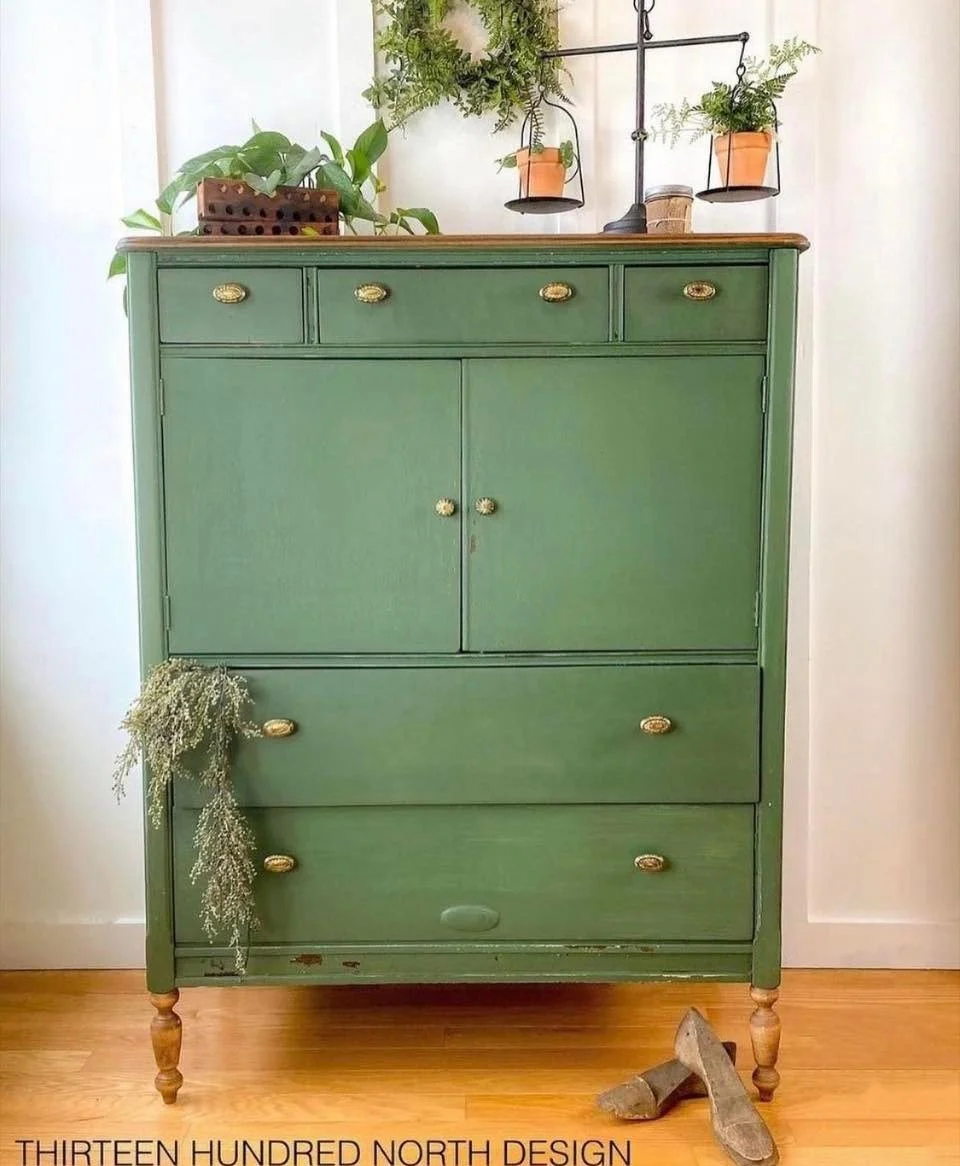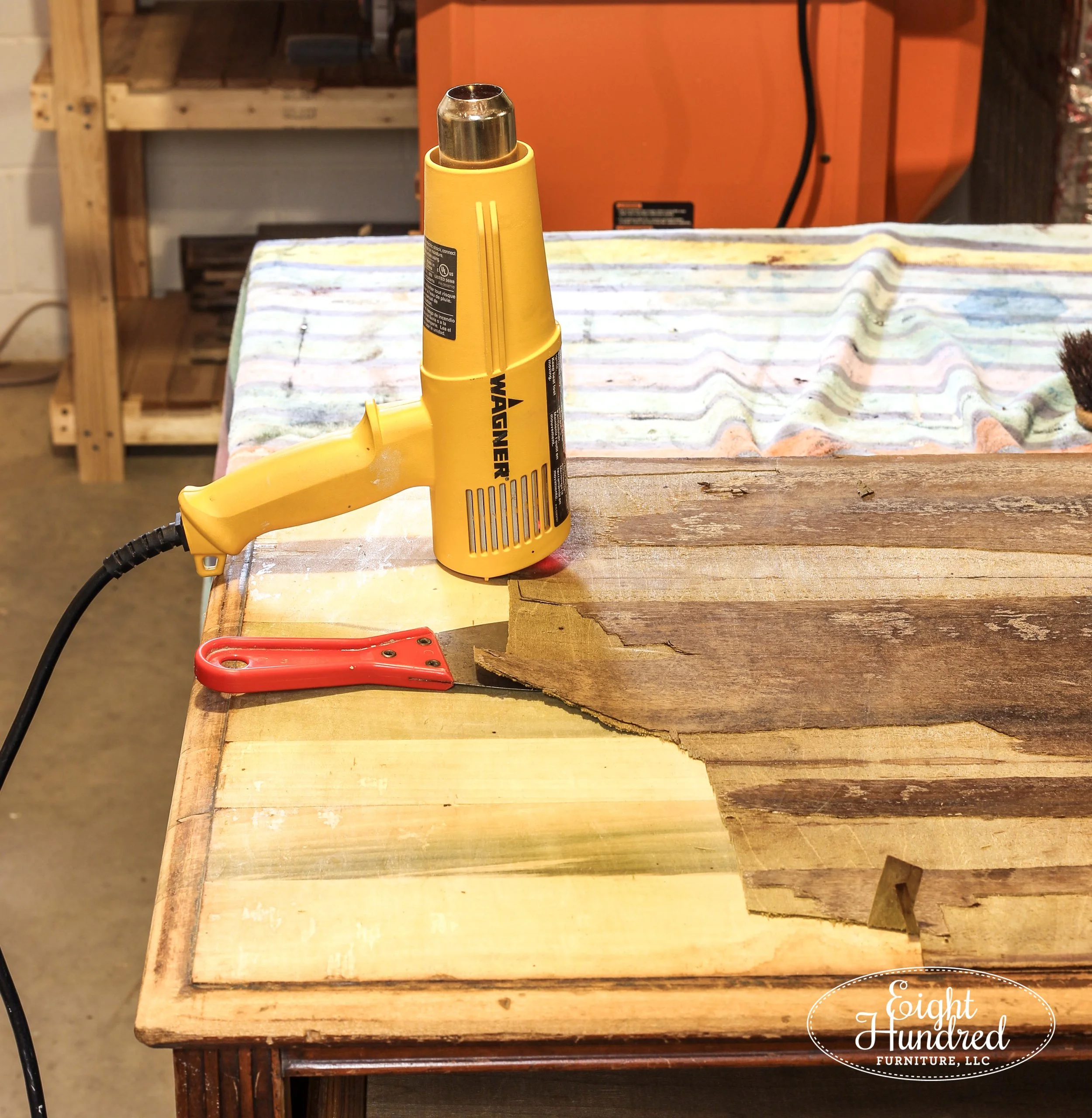How To Identify Depression-Era Furniture
What Are Characteristics Of Furniture Made During The Depression-Era?
The Great Depression lasted from 1929 - 1933. During this time, finances were tight, the economy was at an all-time low and folks tried to keep up appearances as much as possible.
Furniture that was produced during this time period has a distinct look and feel. I’m sure you’ve come across Depression-Era pieces in your travels, so let’s take a look at some of their defining features.
Slender Or Fluted Legs
The legs on depression-era pieces are simply gorgeous. They are slender and sometimes have fluted details.
Fluted Legs On Depression-Era Dresser
The slender legs on these pieces don’t seem like they would support the weight of the large body on top, but they are actually solid pieces of furniture!
Large Mirrors
Horizontal depression-era dressers have the most beautiful mirrors! Their sweeping curves offer a nice juxtaposition of the boxy shape of the main body. Oftentimes, the glass is held in place by wooden accent pieces along the top and bottom.
Wood Overlays
Another sweeping and curved source of detail work is the wooden overlays you often see along the bottom of these pieces.
If your piece has damage, this is often where it will be located. These wood overlays are nailed on with finishing nails and glued onto the surface. Their delicate shape makes them susceptible to damage.
Wood Veneer And Inlays
Because times were tough, and money was tight, manufacturers turned to the use of wood veneer during the depression-era. They took sheets of quality wood and glued or laminated them to the tops, sides and drawer fronts of dressers and the like.
Each of the pieces below are solid wood, but only the thin sheets of wood veneer on top are decorative/fancy/high quality. If you look at the drawer on the vertical dresser, you can see the lesser quality wood underneath.
You will oftentimes find damage on the wood veneer of depression-era furniture. Because it’s so thin, it can easily be chipped off once a corner becomes loose. You can easily fill it with Bondo® or wood putty to make the surface even and smooth again.
If the damage is on the extreme side, you can remove it with a scraper and a heat source.
Here’s an example of the top of a depression-era dresser that had the top layer of veneer removed. The wood underneath was tulip poplar - a species known for having streaks of green throughout. You can see bits of the glue from the veneer along with water damage spots on the bottom. This caused buckling and warping, which led to the removal of the wood veneer.
Boxy Body Shape
Even though depression-era pieces have lots of curved details, the main body of these pieces is quite boxy and angular.
Hardware
It’s hard to describe the hardware on depression-era pieces because there is such a variety. Eventually, as you start to see these pieces in your travels, you’ll notice the same styles over and over again.
The pulls tend to be on the smaller size in proportion to the drawers. On dressers, the knobs are usually round with some fort of detail in the middle.
How many of you now recognize depression-era pieces that you may have in your homes?























